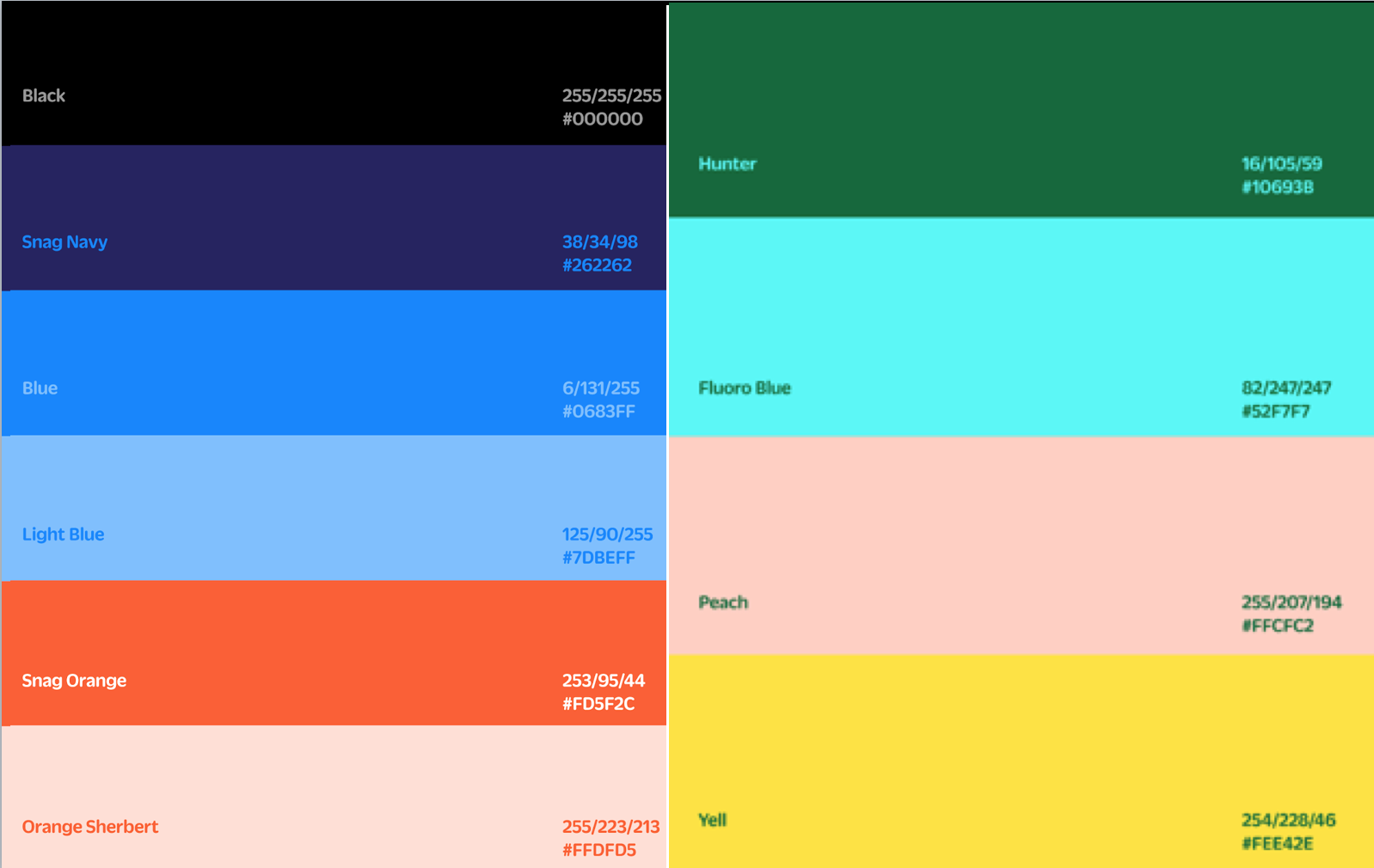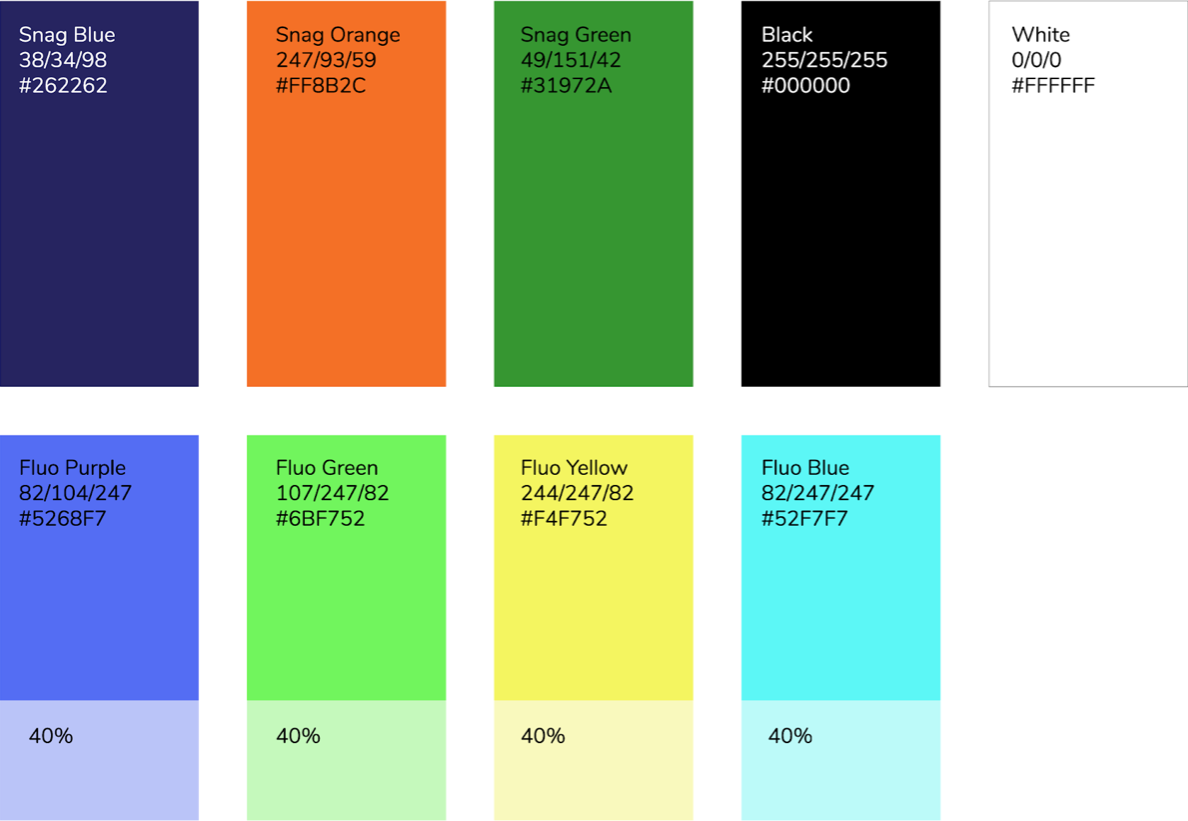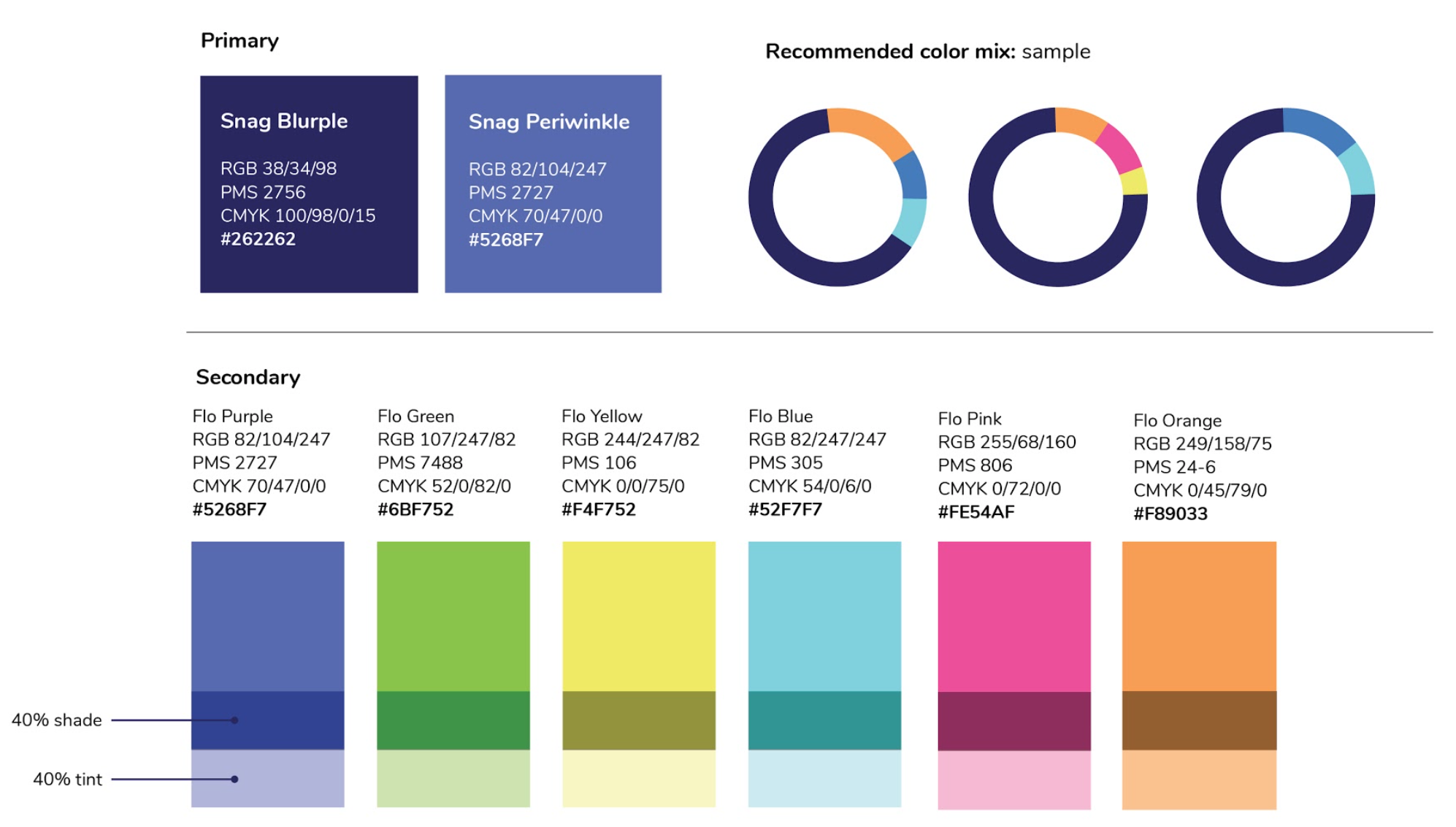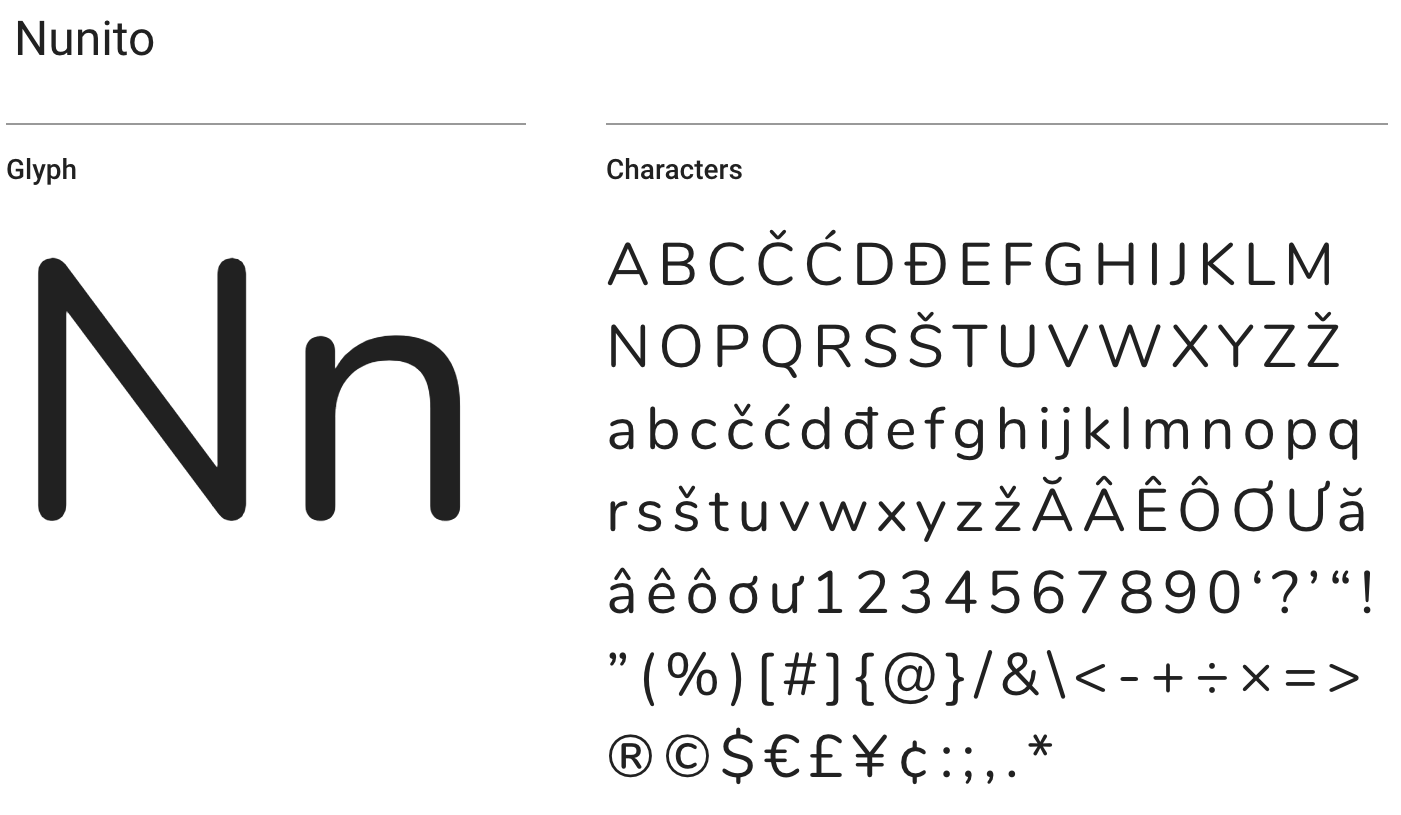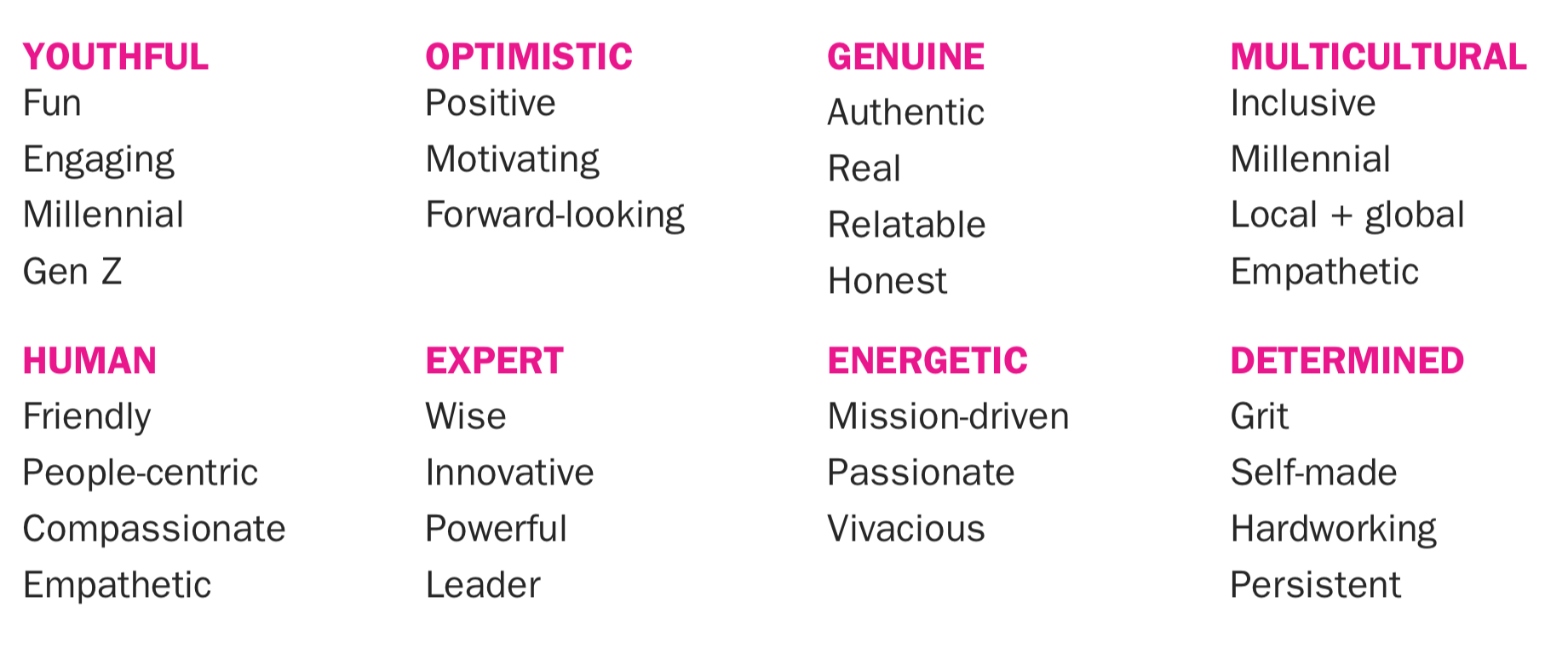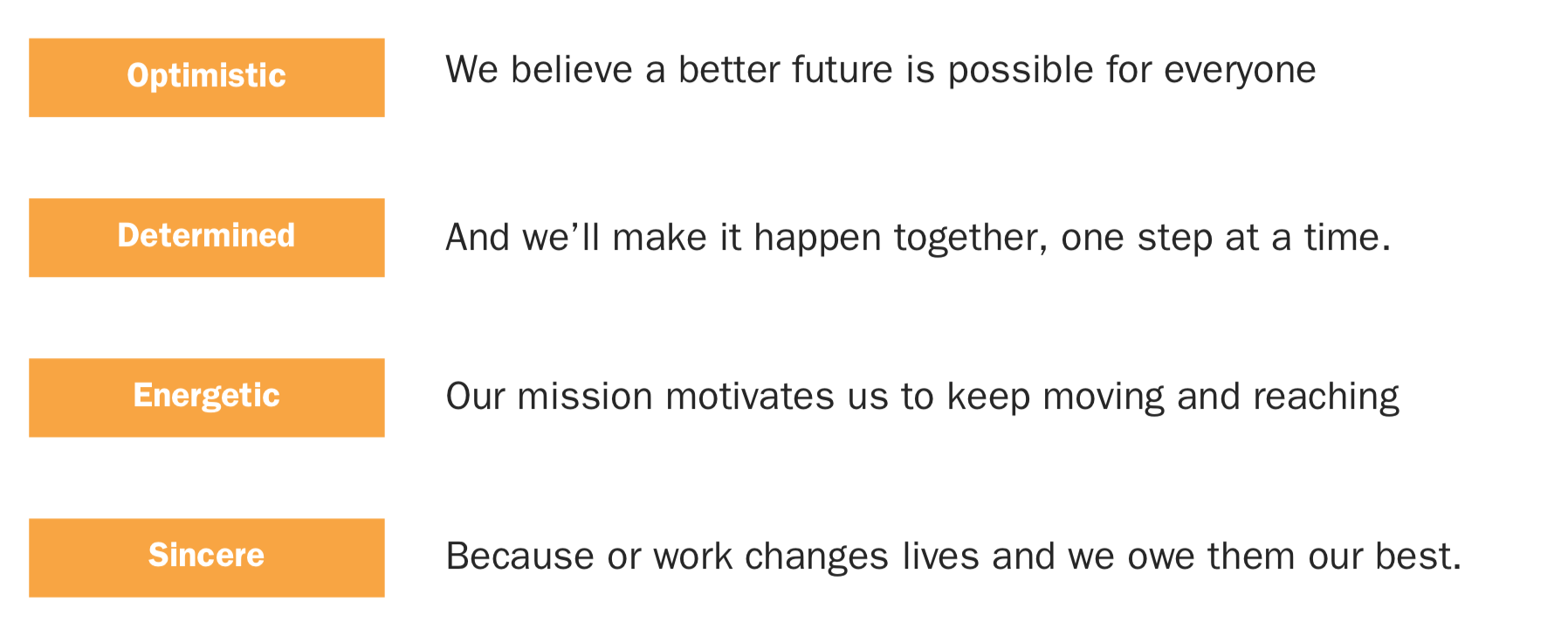The last three posts (Part 1: Brand Strategy; Part 2: Brand Identity; Part 3: The Logo) detailed the steps it took to launch our new brand (and though I wrote much, I probably covered a third of all that it took). Here are a few reflections on the whole experience.
- It takes time
- Don’t settle for least resistance; do the challenging thing that excites you
- The Design team can lead it
It takes time
The brand work began in earnest the day I joined Snagajob, January 2, 2017, and launched to the public April 4, 2018. Throughout the entire process, we felt pressure to move quicker–we’re a startup, we shouldn’t overthink things, we need to be scrappy, we don’t have the resources for a big engagement, we’ve been living under brand confusion too long already.
Looking back, with all the knowledge I have of our process, I cannot find a single point where I think we should have moved faster. The brand strategy work took 5 months, and every day of that was necessary – bringing people along on something as sensitive and fraught as brand cannot be treated lightly, and needs rigor and rationale to address any concerns. Brand strategy is the part of the iceberg underneath the water – unseen, underappreciated, but a massive effort necessary to ensure that which is seen is as strong as it can be. The work took 5 months because it needed sufficient discovery (interviews with customers, employers, and Snaggers); workshop planning, execution, and analysis; development and refinement of brand positioning for all of our audiences; analysis and refinement of our brand architecture; naming exploration and choosing; brand story and brand personality development; and probably things I’m forgetting.
Heck, if anything, I think we could have taken some more time, particularly around naming.
As the prior 2 posts explained, developing a world-class visual identity doesn’t happen quickly either. We got a lot out of our 3 months with Fuzzco, and even then, we spent another 3 months (engaging roughly a dozen designers) to evolve and refine the brand identity work they delivered. And every week we spent made it stronger, and better.
To be candid, even when we publicly launched the new brand, we weren’t done. In order to meet our launch date, we took an expedient path with imagery, settling on a photographic style that sufficed. I expected we wouldn’t actually feel like our brand identity was truly complete for another 3-6 months after launch.
Don’t settle for least resistance; do the challenging thing that excites you
The biggest reason I left design consulting to move in-house was that instead of handing off a design and hoping for the best, I wanted to be “in the room” where the umpteen big and little decisions happen that ultimately affect the quality of the final product.
On a hairy project like this, it’s tempting to opt for the easy decision that keep things moving. And people will laud you for the speed of your progress. But that is a trap that leads to crappier outcomes, and the people who lauded your expediting will then express dissatisfaction at what is produced.
There were three key points where sticking to our guns served us well. The first was with the original brand strategy project plan – no executive wants to hear about a 4-5 month project. But cutting any corners would have limited the ultimate impact of the work. Sticking to the plan proved the right idea – not only did we have immense buy-in from across the Snag for our brand strategy, we then worked with Great Monday again on re-developing our corporate values.
The second was with the name. The easiest choice would have been to call everything “Snagajob.” And even though the name had generally positive associations, we knew it wasn’t right. So we added 4 weeks (which could have easily been 6 or even 8) to get us to our best name. And while “Snag” may seem like an obvious step in retrospect, in our process we weren’t sure, and we needed the time to explore all options and develop confidence with that choice.
The third was the hand in the logo. (Which I often found myself calling “that fucking hand.”) The hand was a high-risk/high-reward proposition. As I wrote in the prior post, we nearly gave up on it a number of times – the wordmark was strong and could have stood on its own. But, because of its potential, I became stubborn, and insisted we get it right, and threw myself into a design process in a way I hadn’t in a very long time. And it ultimately paid off with an identity that resonates, speaks to the company’s ideals, and sets itself apart from the competition (I mean, come on).
The Design team can lead it
This initiative was atypical in that it was lead by design, not marketing. Marketing was involved in the core team throughout, but I, the VP of Design, was the ranking executive. And my experience suggests it makes more sense for the Design org to be the leaders of a rebrand. Key to making it work is that all design functions are represented in this one organization – this would not have worked nearly as well if there was a marketing design team in marketing, and a product design team in product. This makes design organizationally agnostic, which I think leads to a better outcome. If marketing leads brand, it will adopt a solution that inclines towards the needs of marketing, which may be quite different than the needs of product. Design doesn’t have an agenda the way that marketing, product, or sales does, and that allows design to be even-handed in making decisions that affect the entire organization. Also, naturally, the design team will be responsible for the expression of the brand identity (visual and verbal).
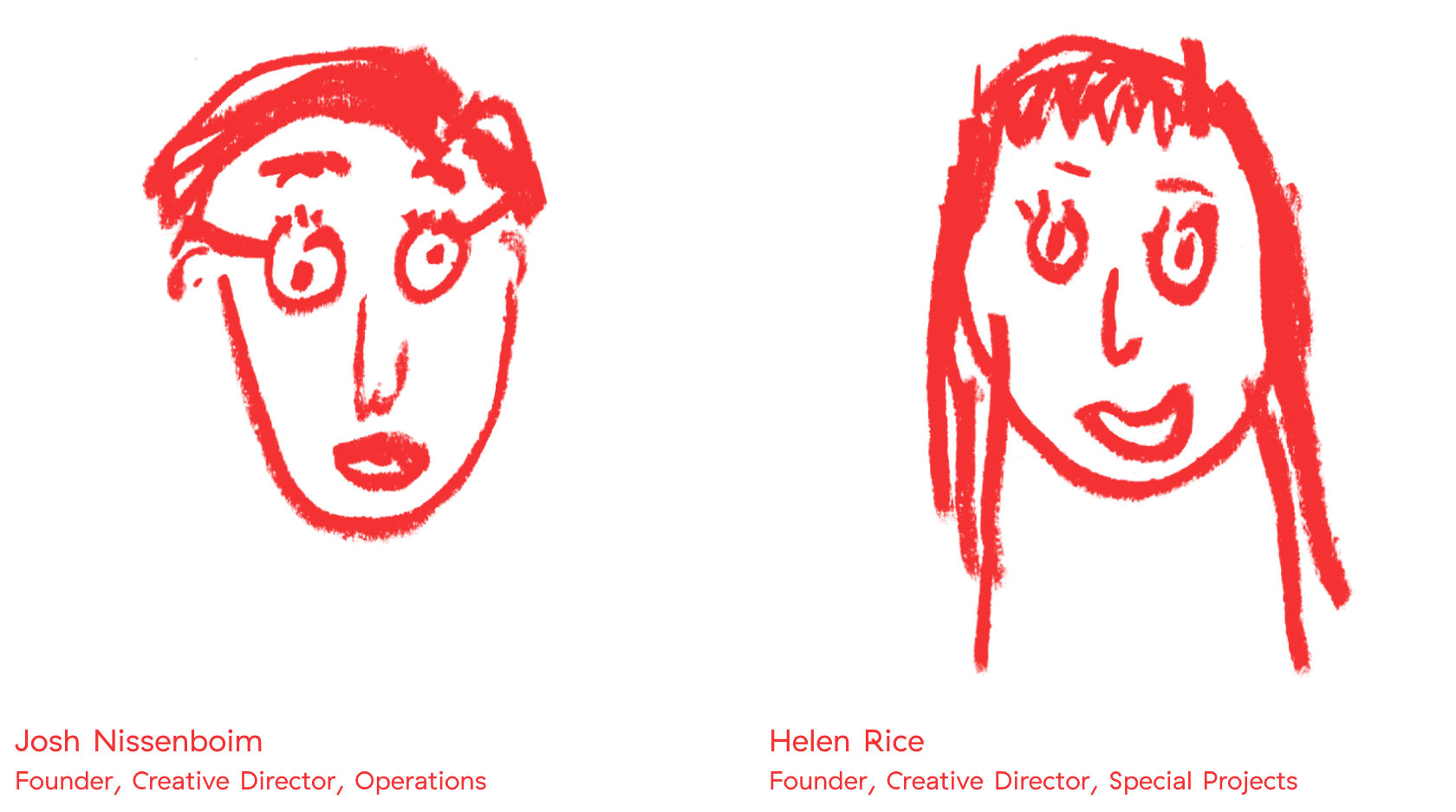

 Designers can obsess about type all day long. And we did. With only four letters in the name, each letter takes on remarkable importance. Much of the team leaned towards Avant Garde and its cousins – Brown, Walsheim, Value Sans. The reason was obvious — they were most similar to the existing
Designers can obsess about type all day long. And we did. With only four letters in the name, each letter takes on remarkable importance. Much of the team leaned towards Avant Garde and its cousins – Brown, Walsheim, Value Sans. The reason was obvious — they were most similar to the existing 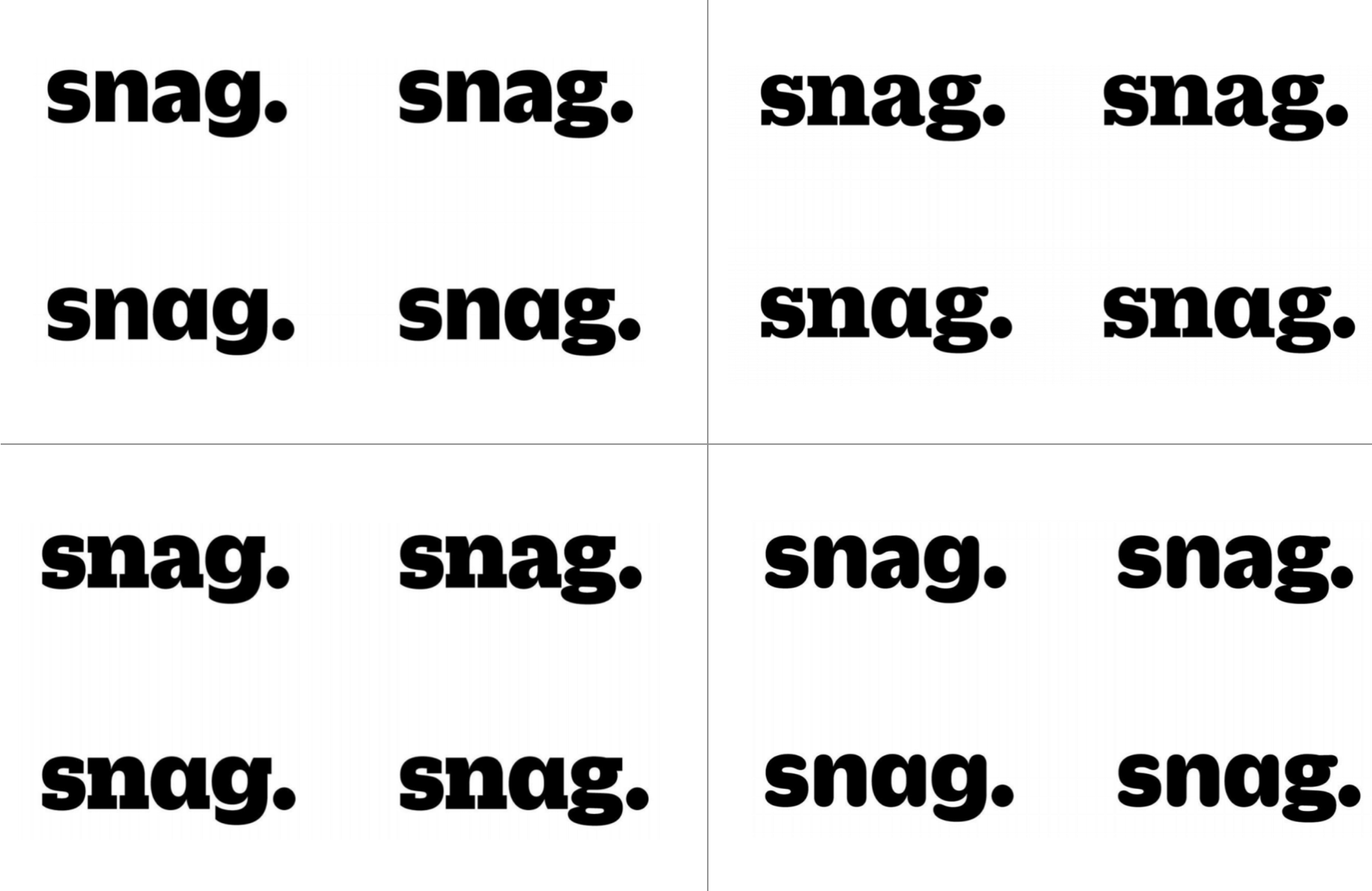 They explored not only type variants, but double-story “a” and “g” versus single. We all stared long and hard at this, and though we dug the slab serifs, the Duplicate Soft Black (lower right hand corner) felt more approachable and on-brand, and within there, we appreciated the tension of the double-story “a” and the single story “g.”
They explored not only type variants, but double-story “a” and “g” versus single. We all stared long and hard at this, and though we dug the slab serifs, the Duplicate Soft Black (lower right hand corner) felt more approachable and on-brand, and within there, we appreciated the tension of the double-story “a” and the single story “g.”